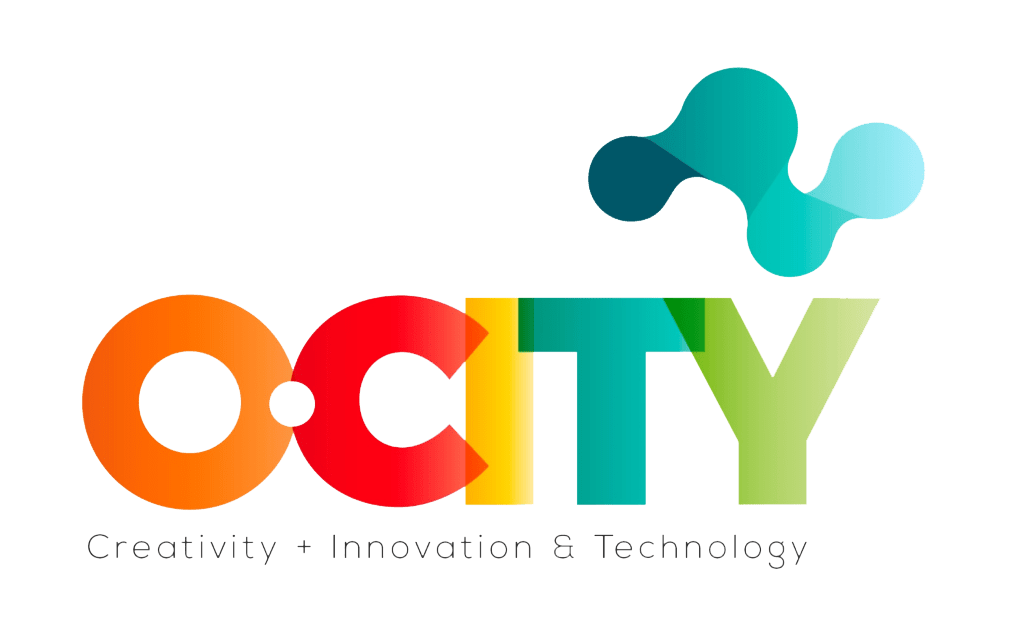The orange economy has great growth potential that is slowly being squeezed.
According to the psychology of color, orange is commonly associated with qualities such as originality, fun, creativity or joy. This color has also been attributed to a term such as ‘economy’ by focusing it on a particular sector. For example, reading a book, watching a movie, taking a picture of a landscape with a camera or enjoying an interesting series on any platform … Around this industry of creativity, culture and innovation has emerged the expression or the orange economy concept, while business opportunities are being generated.
Defining a definition for this concept is complex since it is very broad, there is a great diversity of approaches and it is present in many economic sectors. The British John Howkins, specialist in the field and author of the book The Creative Economy: How people make money from ideas, said that “it includes the sectors in which the value of goods and services is based on intellectual property: architecture , visual and performing arts, crafts, cinema, design, publishing, research and development, games and toys, fashion, music, advertising, software, TV and radio, and video games. “
In the training for Professionals of the Orange Economy we have in mind the Softskills: Critical thinking, TeamworkCreativity, Project management and Initiative
Critical Thinking: A model of creative thinking.
Nonlinear thinking. We can address critical thinking and problems step by step. This is called linear or vertical thinking. However, we often tend not to align the facilities in a normal way step by step. When we approach a problem in a different order, we are using nonlinear thinking. Sometimes, nonlinear thinking is also called lateral thinking.
- Get out of your comfort zone. One of the first steps to develop nonlinear thinking is to leave your comfort zone. Basically, this concept involves seeing information or circumstances from a different perspective. A zone is defined as a separate area in some way. In critical thinking and problem solving, sometimes we have to leave the areas or areas that make us feel comfortable and stretch our thinking.
- Do not jump to conclusions. An important step in solving problems is taking the time to acquire the necessary information. Often, we tend to reach conclusions before having all the facts. How can we use our understanding of logic to gather all the necessary facts? Remember, the premises are the facts or statements that help us reach conclusions.
- Wait and start the change. “Be the change you want to see,” is a common slogan on stickers. With so many events that happen internationally and nationally every day, change is simply a standard course in companies. We can always expect changes in organizations. Nothing stays the same, and sometimes we are in the position where we initiate change.
- Be ready to adapt. The question in today’s culture is not whether the change will occur in an organization, but how well employees are adapting to the change. Employees protect themselves from becoming obsolete when changing. Adaptation is a survival skill of nature. The species that survive in an environment are those that are able to adapt well.
- Practical illustration. You are a high school teacher, mathematician and you want your students to improve their reasoning skills. You assign word problems, but most students simply do not understand. Currently, students do not understand the process of using logic and why verbal problems are important or relevant. Some students can do the calculations, but even these students lack an understanding of the logic process. You want your students to understand that finding the right answer is not the most important goal to solve verbal problems.
“The reasoning is simply a matter of clarifying your facts”.
B.F. Anderson
Excerpt from IICDS work with Global Courseware, Inc. Projet O-City

